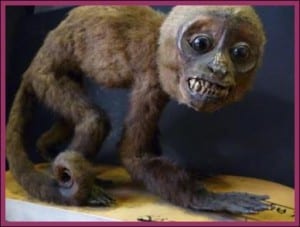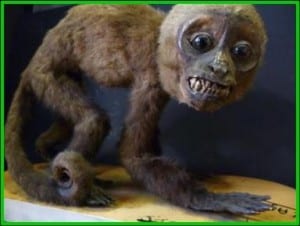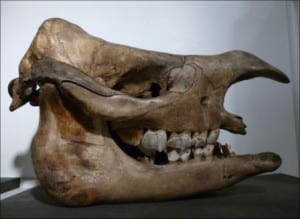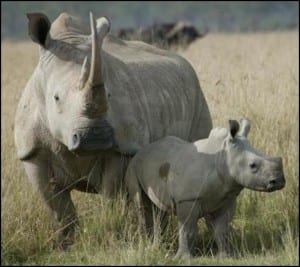Specimen of the Week: Week Nine
By Emma-Louise Nicholls, on 12 December 2011
 Well now my dedicated and trusted readers (I choose to believe that you exist in this format), I am currently in sunny Mexico trampling across Mayan and Aztec ruins, filling my brain with more knowledge than its natural capacity, and hopefully chasing a spider monkey troop or two.
Well now my dedicated and trusted readers (I choose to believe that you exist in this format), I am currently in sunny Mexico trampling across Mayan and Aztec ruins, filling my brain with more knowledge than its natural capacity, and hopefully chasing a spider monkey troop or two.
I do not want you to feel as though I have abandoned you in a capricious bout of neglect and so I have found a most genius way to make you feel as though you are still with me. Our specimen of the week is a Mexican species and I promise that if I should be lucky enough to see one, I will take a snapshot for you and post it here upon my return for your much sought approval. This week’s specimen of the week is: (more…)
 Close
Close









